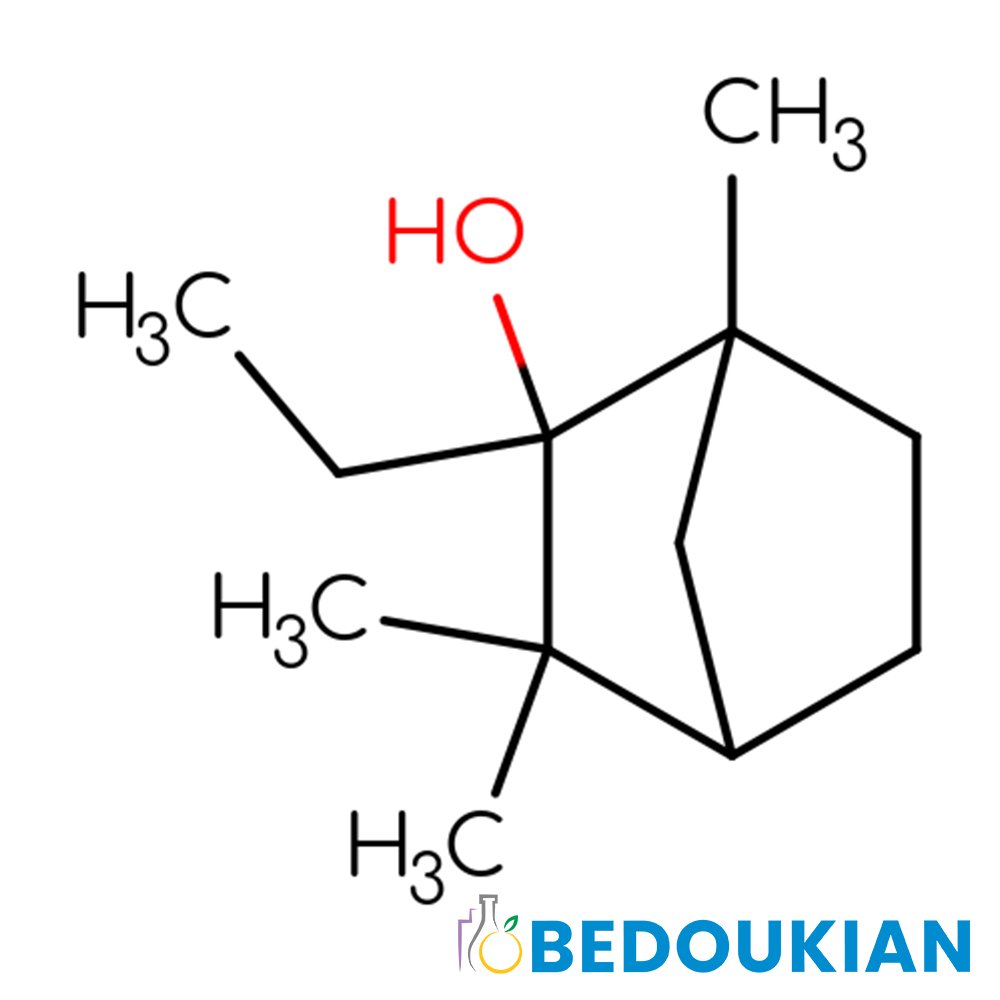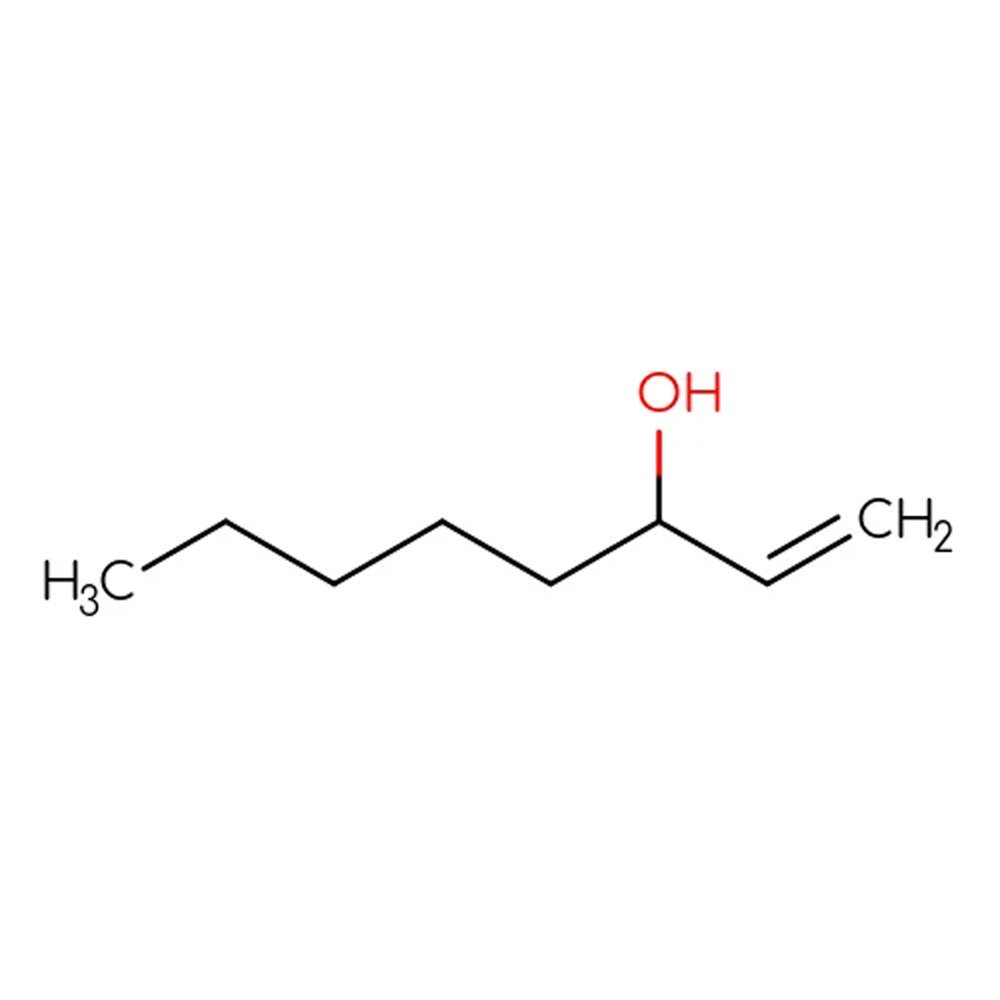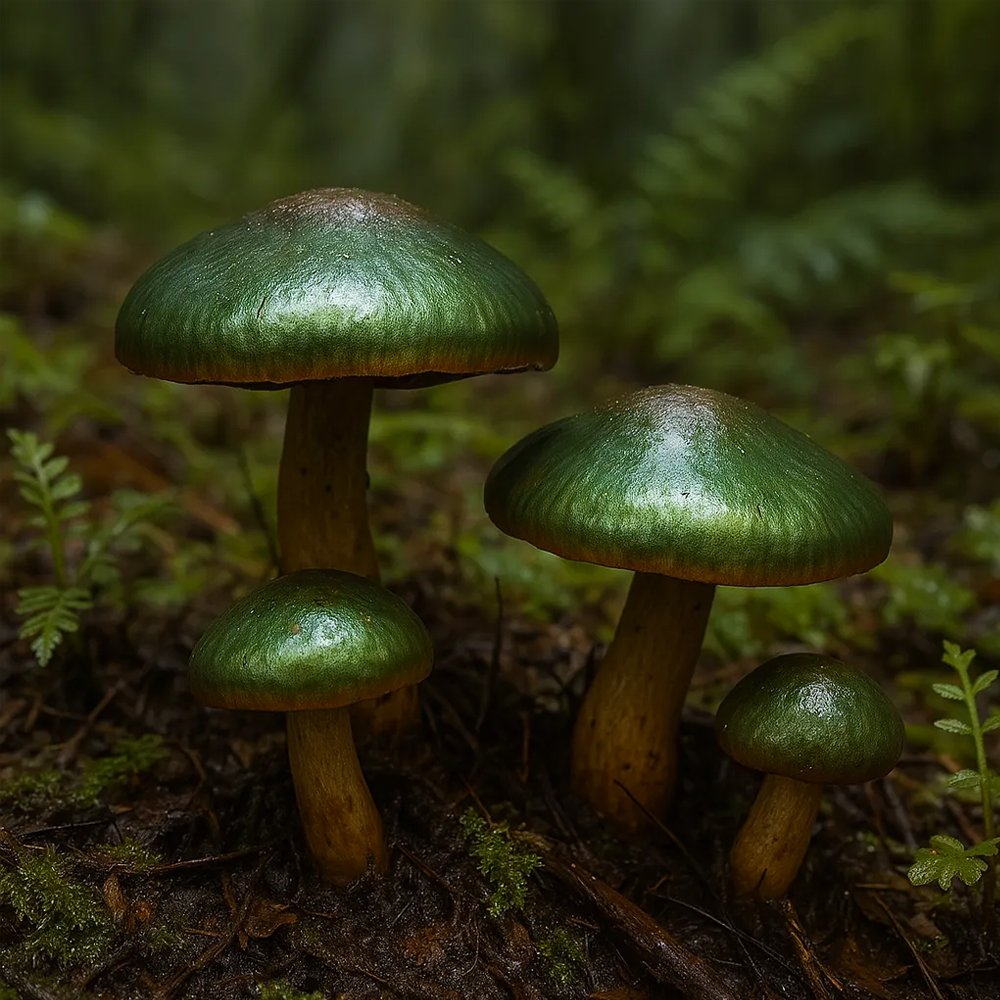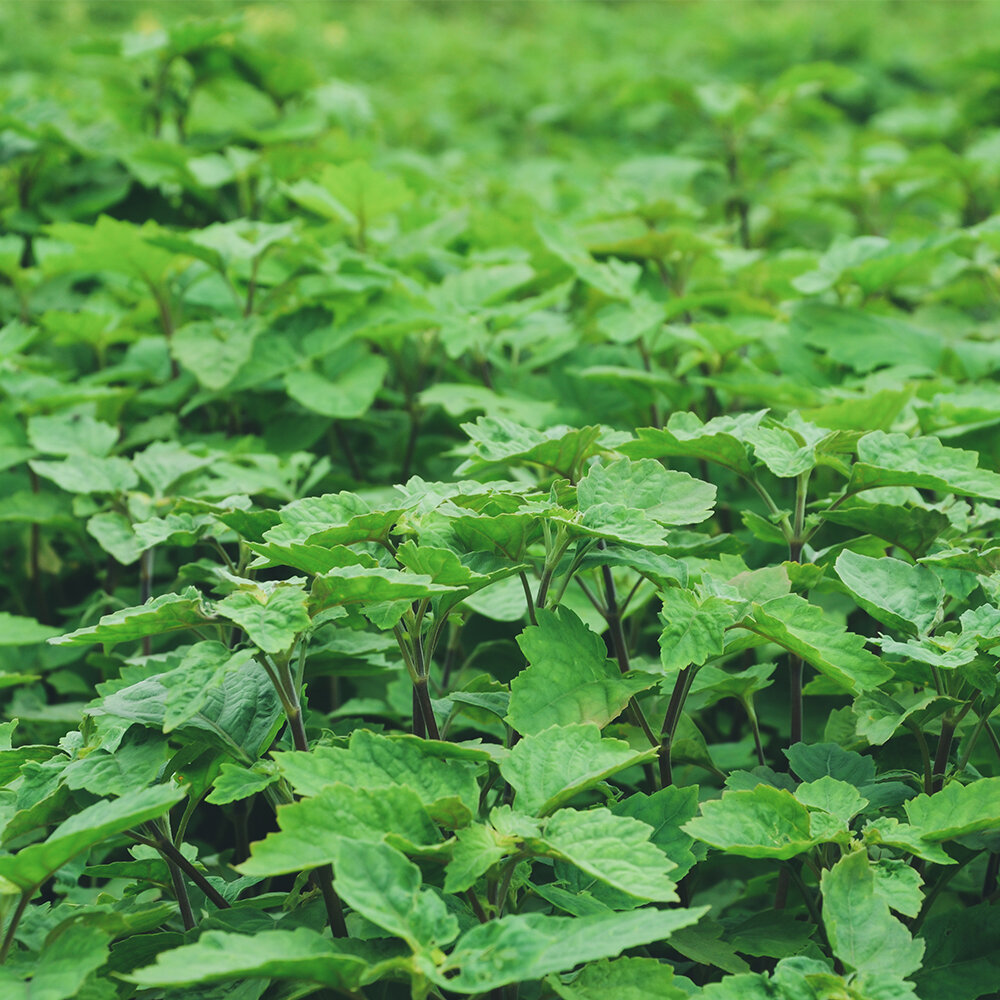Patchouli Oil Light (Burundi Fair Trade FFL) Technical Ingredient Overview
🏭 Manufacturer — Fair Trade certified producers in Burundi; also produced by various distillers using stainless steel distillation
🔎 Chemical Name — Essential oil of Pogostemon cablin (Blanco) Benth.
🧪 Synonyms — Patchouli light oil, Iron-free patchouli oil, Stainless steel distilled patchouli, Patchouli oil decolorized, Light patchouli essential oil
📂 CAS Number — 8014-09-3 (oils, patchouli); 84238-39-1 (patchouli extract)
📘 FEMA Number — 2838
⚖️ Molecular Weight — Complex natural mixture; primary constituent patchoulol (C₁₅H₂₆O): 222.37 g/mol
📝 Odor Type — Woody-earthy, sweet-herbaceous, balsamic
📈 Odor Strength — Medium to medium-high (lighter than dark/crude patchouli)
👃🏼 Odor Profile — Clean woody-earthy core with sweet-herbaceous and balsamic facets; reduced camphoraceous sharpness and earthy heaviness compared to iron-distilled grades; soft, refined dry-down with subtle fruity-wine nuances; lacks the musty, barnyard, or moldy notes sometimes present in darker grades
⚗️ Uses — Base note and fixative in oriental, chypre, fougère, and woody compositions; modern clean fragrances; hair care products; deodorants; masking agent in personal care applications; aromatherapy for grounding and stress relief
🧴 Appearance — Pale straw to light amber viscous liquid; significantly lighter in color than iron-distilled patchouli due to stainless steel distillation method
What is Patchouli Oil Light?
Patchouli Oil Light is a refined grade of essential oil steam-distilled from the dried, fermented leaves of Pogostemon cablin (Blanco) Benth., a tropical perennial herb in the Lamiaceae family (Arctander, 1960). The "light" designation refers specifically to the distillation method: when patchouli leaves are distilled in non-reactive stainless steel vessels rather than traditional iron stills, the resulting oil remains pale in color—ranging from light straw to pale amber—and is free from metallic ion contamination that causes the characteristic dark brown coloration of traditional patchouli oil.
The Fair Trade FFL (Fair for Life) certification indicates that this particular patchouli oil is sourced from ethical, sustainable farming practices in Burundi, East Africa, where patchouli cultivation has been developed as an economic development initiative since the early 2000s (Astier Demarest, 2023). The Burundian patchouli industry represents a unique terroir outside the traditional Indonesian production centers, providing rural communities with sustainable income while maintaining organic certification standards.
Chemically, patchouli light oil maintains the same sesquiterpene alcohol composition as dark patchouli, with (−)-patchoulol (patchouli alcohol) as the primary constituent at 27-38% concentration, alongside α-bulnesene, α-guaiene, β-patchoulene, seychellene, and norpatchoulenol (Beek & Joulain, 2018). The absence of iron contamination results in enhanced stability in finished products and prevents discoloration issues common with iron-distilled grades.
Historical Background
Patchouli's documented use in perfumery dates to the 19th century, though the plant has been utilized in traditional Asian medicine and textile preservation for centuries (Arctander, 1960). The name derives from the Tamil words "patch" (green) and "ilai" (leaves), reflecting its Southeast Asian origins (Astier Demarest, 2023).
Patchouli's introduction to European perfumery occurred when Indian textiles—particularly cashmere shawls—were shipped with dried patchouli leaves as a moth repellent. The distinctive aroma became associated with luxury goods and authentic Oriental imports. By the mid-19th century, patchouli oil was being actively distilled for perfumery use, with Pogostemon cablin cultivated commercially in Indonesia, India, Malaysia, and the Seychelles (Arctander, 1960).
The distinction between "light" and "dark" patchouli emerged in the 20th century as perfumers recognized that iron-distilled oils, while traditionally preferred for their rich, deep character, caused stability and discoloration problems in finished fragrances. Stainless steel distillation was adopted to produce iron-free grades suitable for modern cosmetic formulations (Eden Botanicals, 2025).
Burundi's entry into patchouli production represents a more recent chapter in this history. In 2001, following civil conflict, the RUGOFARM initiative imported 10,000 patchouli cuttings from Indonesia with support from French commercial partners, establishing Pogostemon cablin cultivation in Burundi's western provinces (Astier Demarest, 2023). By 2015, the Elaga cooperative expanded production in southern Burundi, achieving Fair Trade and organic certification while providing economic opportunities to rural farming communities (Elaga, 2025). This represents a successful diversification of patchouli's geographic origin and demonstrates the plant's adaptability to African terroir.
Olfactory Profile
Scent Family: Woody-earthy with herbaceous-balsamic facets
Main Descriptors: Light patchouli oil presents a distinctly refined woody-earthy character compared to traditional iron-distilled grades. The aroma opens with clean, aromatic-spicy notes that lack the harsh camphoraceous or phenolic sharpness often found in darker patchouli. The heart reveals sweet-herbaceous and balsamic tones with a root-like earthiness that remains elegant rather than heavy or musty. The dry-down develops subtle fruity-wine nuances and a soft, warm woody-balsamic sweetness (Arctander, 1960).
The absence of iron-derived metallic ions eliminates the "muddy," "barnyard," or "swampy" off-notes that can characterize lower-quality or iron-distilled patchouli. Instead, light patchouli offers transparency and accessibility—it reads as unmistakably patchouli while presenting a cleaner, more sophisticated interpretation suitable for modern fragrance sensibilities.
Intensity: Medium to medium-high odor strength. While lighter and less dense than dark patchouli, light grades maintain substantial olfactory presence and projection. The refinement manifests as clarity rather than weakness.
Tenacity: Exceptional persistence characteristic of all patchouli grades. Light patchouli remains detectable on blotters for weeks to months, demonstrating the remarkable substantivity of sesquiterpene alcohols (Arctander, 1960). The oil improves significantly with aging, as sharp green or "wet-earthy" top notes mellow and the sweet, balsamic richness intensifies over time.
Volatility: Base note classification. The high molecular weight sesquiterpenes and alcohols evaporate slowly, anchoring volatile top and middle notes in fragrance compositions.
Applications in Fine Fragrance
Light patchouli oil serves multiple structural roles in modern perfumery. As a base note, it provides woody-earthy depth to oriental, chypre, fougère, and contemporary woody-aromatic compositions (Arctander, 1960). Its refined character makes it particularly valuable when patchouli's complexity is desired without overwhelming earthiness or vintage heaviness.
In oriental fragrances, light patchouli harmonizes with ambery resins, vanilla, florals (rose, jasmine), and spices, contributing sensuality and persistence. Chypre structures benefit from its ability to bridge mossy-green facets with woody-resinous bases. In fougères, it adds natural depth beneath lavender-coumarinic accords without excessive opacity.
Light patchouli blends exceptionally well with: vetiver and sandalwood (complementary woody notes); cedarwood derivatives and ionones (powder-woody effects); labdanum and oakmoss (chypre structures); citrus oils, particularly bergamot (bright contrast); floral absolutes including rose, geranium, and ylang-ylang; and nitromusks and synthetic amber bases (Arctander, 1960).
Its cleaner profile compared to crude patchouli makes it suitable for transparent woody-amber constructions, modern clean musks, and formulations where color stability or light olfactory touch is critical.
Performance in Formula
Light patchouli functions as both fixative and modifier. Its high content of low-volatility sesquiterpene alcohols substantively extends the longevity of lighter volatile materials, while its olfactory profile modulates and enriches surrounding notes without dominating the composition.
In hair care and personal care applications, light patchouli offers natural depth and masking capability without the color stability concerns of iron-distilled grades. The reduced iron content (typically <5 ppm versus higher levels in dark patchouli) prevents discoloration in white or light-colored bases such as soaps, lotions, and cream formulations.
Industrial & Technical Uses
Beyond fine fragrance, light patchouli finds application in functional perfumery including deodorants, fabric care products, and household goods where natural woody-earthy character and substantivity are valued. Its excellent masking properties make it useful in technical applications requiring odor mitigation—historically documented in depilatory creams when combined with citrus notes (Arctander, 1960). The oil's antimicrobial properties support its use in natural cleaning products and preservation systems.
Regulatory & Safety Overview
IFRA Status: Patchouli oil (Pogostemon cablin leaf oil, CAS 8014-09-3) is not restricted under IFRA Standards as of Amendment 51. The material is approved for use in all product categories without specific usage limitations (IFRA, 2022).
EU Cosmetics Regulation: Compliant with EU Regulation (EC) No 1223/2009. Patchouli oil may contain naturally occurring allergens subject to Annex III labeling requirements, including linalool, limonene, and eugenol when present above threshold concentrations (ECHA, 2025).
FEMA Status: FEMA 2838—Generally Recognized As Safe (GRAS) for flavoring applications in limited concentrations. Historically used in "Sen-Sen" type licorice flavorings, though flavor applications have declined (Arctander, 1960).
Toxicology: Patchouli oil demonstrates low toxicity profile under normal cosmetic use conditions. Aged, iron-free patchouli exhibits lower sensitization potential compared to freshly distilled or iron-contaminated grades. Standard safe usage practices recommend avoiding application of undiluted oil to skin and allowing proper aging before incorporation into skin-contact formulations (Tisserand & Young, 2014).
References
Arctander, S. (1960). Perfume and flavor materials of natural origin. Published by the author.
Astier Demarest. (2023, September 12). On the trail of Patchouli in Burundi. Retrieved from https://astierdemarest.com/on-the-trail-of-patchouli-in-burundi/
Beek, T. A. van, & Joulain, D. (2018). The essential oil of patchouli, Pogostemon cablin: A review. Flavour and Fragrance Journal, 33(1), 6-51. https://doi.org/10.1002/ffj.3418
Elaga. (2025). Production of Patchouli essential oil. Retrieved from https://elaga.bi/en/home/
European Chemicals Agency (ECHA). (2025). Substance Information: Patchouli extract (EC 282-493-4). Retrieved from https://echa.europa.eu/substance-information/-/substanceinfo/100.074.970
International Fragrance Association (IFRA). (2022). IFRA Standards: 51st Amendment. Retrieved from https://ifrafragrance.org/standards
Tisserand, R., & Young, R. (2014). Essential oil safety (2nd ed.). Churchill Livingstone.











